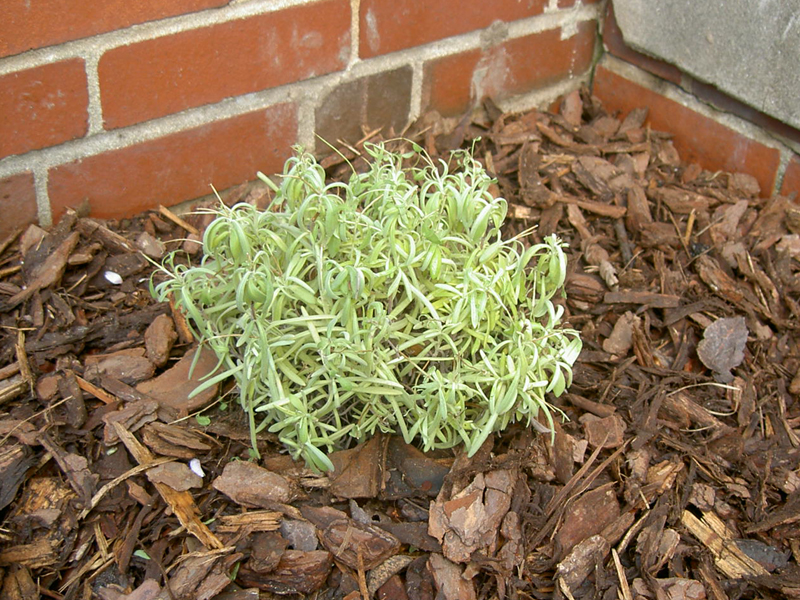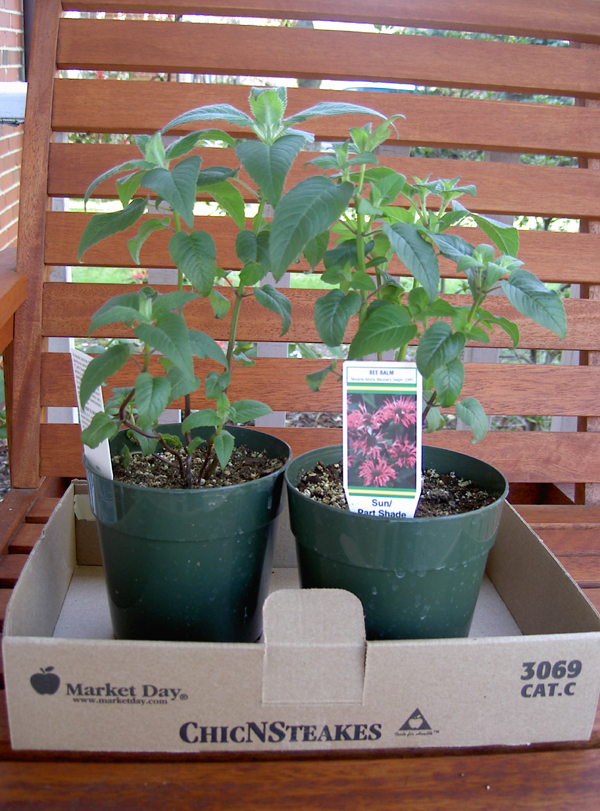It’s probably true that every small town has its dramas, but the ones in University Park seem to always fall out along lines of race and class. This shouldn’t surprise me, given that I live in a town that was incorporated with racial covenants in a county that was and is predominantly black. Language is an important window into thinking; here, whenever the town needs to make a choice about access and distribution of resources, the desire for exclusion of outsiders and fear of a loss of privilege predominates. This was true when the town invested in a playing field in the public park — who would be allowed to use it, would they pay, how would it be policed — and years ago when a major road was closed off to through-traffic and the metro line extended to our area.
Currently, this dynamic is playing out over the issue of enrolling the 24 town employees in a defined-benefit pension plan run by the State of Maryland. The pension plan would replace the 401(k) plan that’s been in place for over 20 years and is now essentially worthless, would provide defined contribution and payout amounts, and would provide disability insurance for the police and maintenance workers without the risk that a claim would send the Town’s rates through the roof. There are debates about the specifics of the numbers, but the proponents of the plan perceive it to be essentially affordable and a more secure way of meeting our obligations as an employer and the opponents would rather not spend the money at all.
This last is where language, rhetoric, and a whole bunch of unseemly underlying assumptions come into play, and where an intersectionality approach is useful. There has been rhetoric about how federal social security benefits are adequate for the (majority black) working class employees, rhetoric that would be appalling were it to be offered to any of the resident doctors, lawyers, professors and bankers as a rationale from their own employers. The underlying belief is that the folks working for us in town are fundamentally different from us, and there is no reason to provide to them the quality or extent of benefits that we expect to be provided to us as a matter of course at our own jobs. There’s also the underlying assumption by the opposition that in matters of finances, we would all rather have more money in our pockets than pay more for better services; this assumption is revealed by talk of doing away with town employees altogether and outsourcing their jobs. Of course, race and class play into this argument as well, because if there’s a working population more vulnerable to exploitation than the men who work jobs in city maintenance, it’s the usually-recent-immigrants who work for large companies that supply the outsourced labor to clean office buildings and haul trash. But if folks have no qualms about suggesting workers retiring after 30 years of service live on social security alone, they certainly have no qualms about suggesting the town benefit financially from further exploitation of vulnerable workers.
None of this is anything new, and is entirely typical of an entitled cultural attitude wherein people who do our dirty work are nothing more than a cost on a balance sheet to be whittled down whenever possible. Certainly this type of race and class privilege cloaked in the language of economics and cost-benefit analysis is something with which we’re all too familiar. What’s different in this particular debate is the fall back on a deep-rooted and classic sexism in categorizing the proponents as ’emotional’ and the opponents as ‘rational,’ conflating all ethics with emotion and assuming that the most rational action of all is one that moves to block expenditures whenever possible. Perhaps it should be heartening that the opposition perceives itself to be backed into a corner and is grasping at straws, but it plays like a case study for a feminist analysis straight out of the 1970s. Patronizing language and attitude? Check. Insistence that your side alone has the true facts and the other is guided by the whims of emotion, which of course has no place in decision-making? Check. Insistence on speaking first, last, and repeatedly at all meetings related to this subject? Check. And last but certainly not least, loud and derisive interruption of women speaking on the other side? Check, check, check. (There are men speaking on both sides, but it’s only the opponents who do the interrupting and only to the women on the other side.)
I know I should be finding it amusing that the people nearly apoplectic and sputtering at the Town Council meetings are those who are accusing the other side of being guided by irrelevant emotion, but it’s such an old and galling argument that I find myself frequently unable to see the lighter side. The behavior and rhetoric is insulting to everyone, and I don’t think the opposition realizes just how much they are alienating people with their continued pursuit of this approach: the Mayor who’s crafted this proposal with knowledge from a long career in financial data analysis; the employees who are constantly being publicly characterized as not worth equal treatment; and the town residents ourselves whose collective choice to be responsible and ethical employers is being ridiculed as irrational and weak-minded. The opposition spends a lot of energy claiming to have the facts on their side, but I have to think that if they actually did they wouldn’t perceive a need to be behaving in this manner. Unless of course, a rational and strategic assessment of the tactics most likely to succeed isn’t what’s guiding their actions after all.


